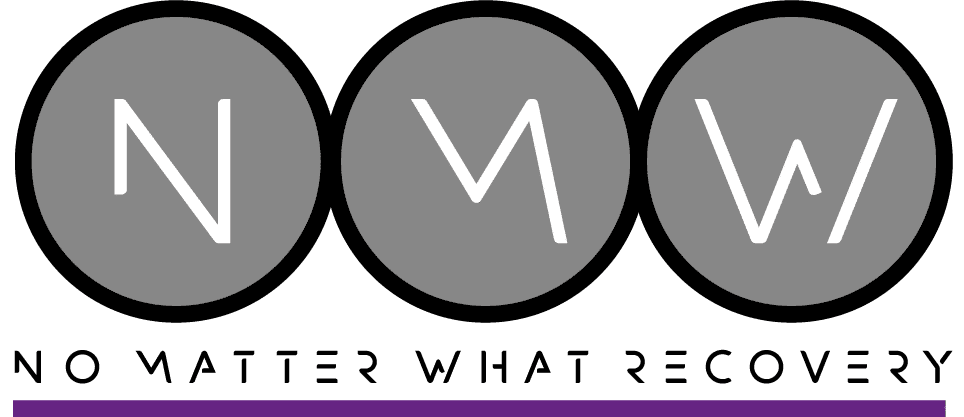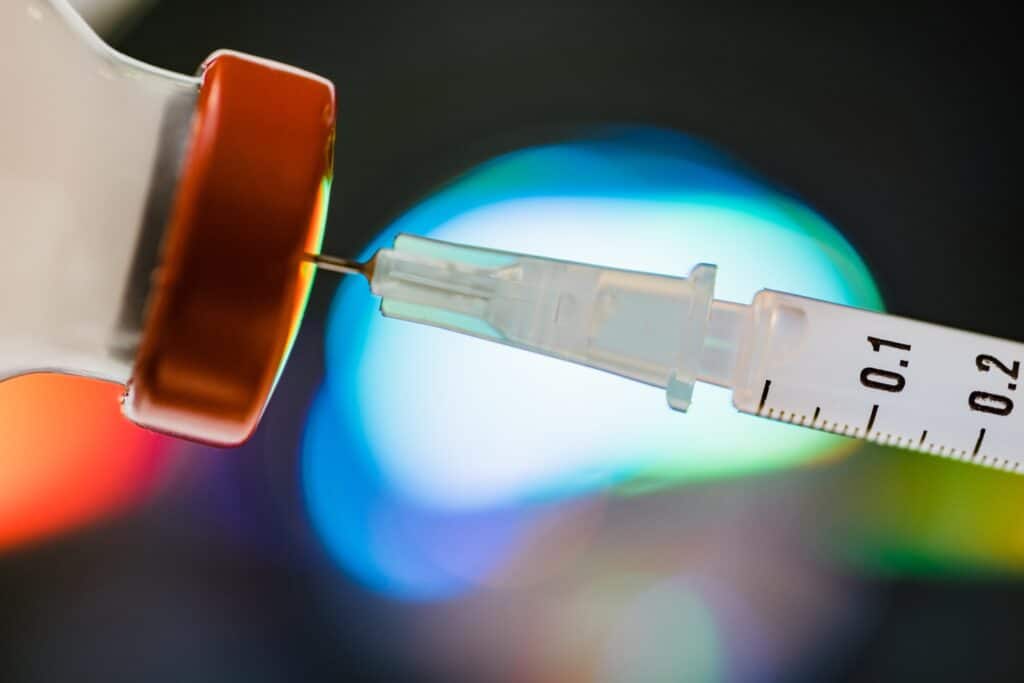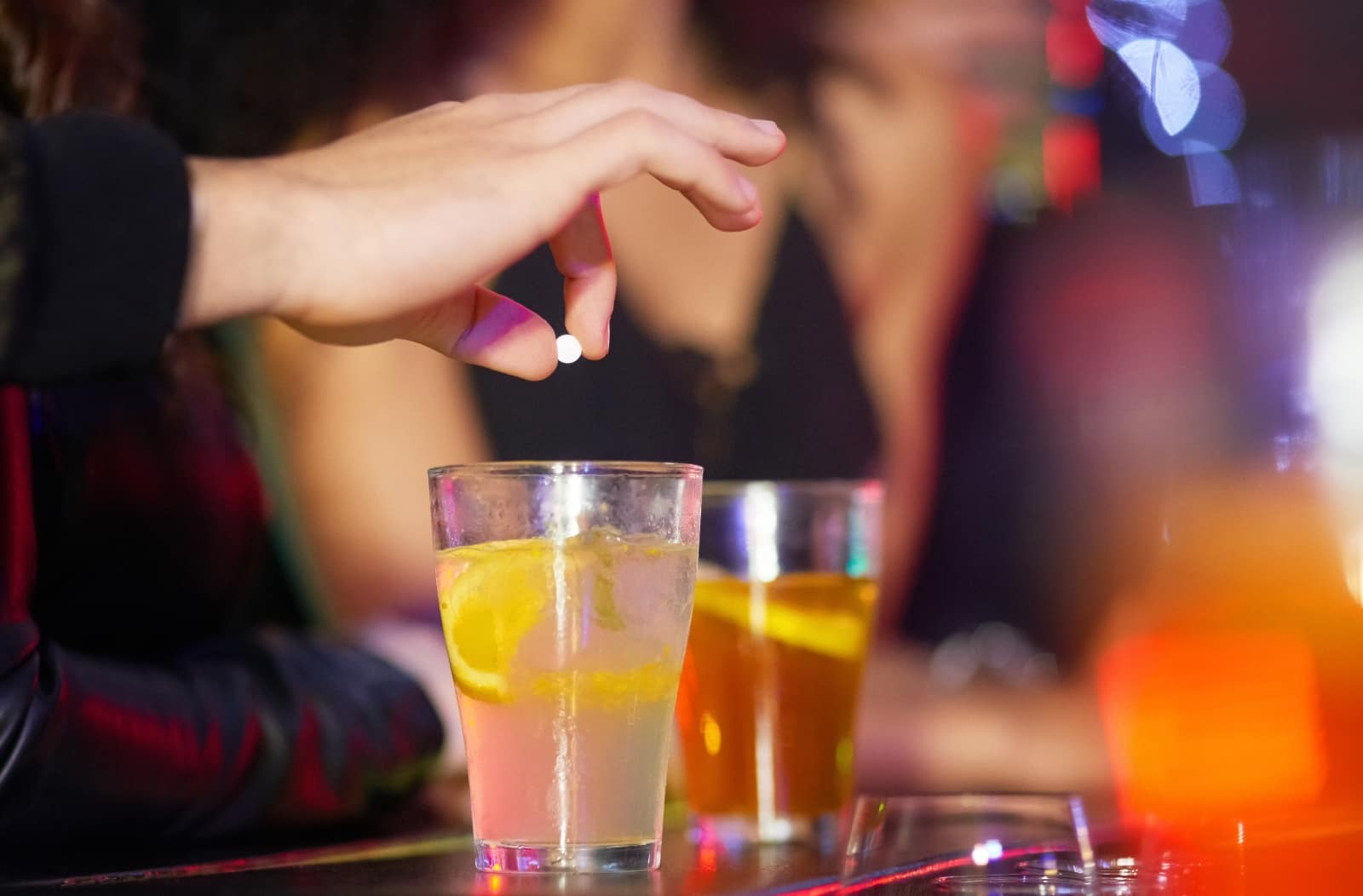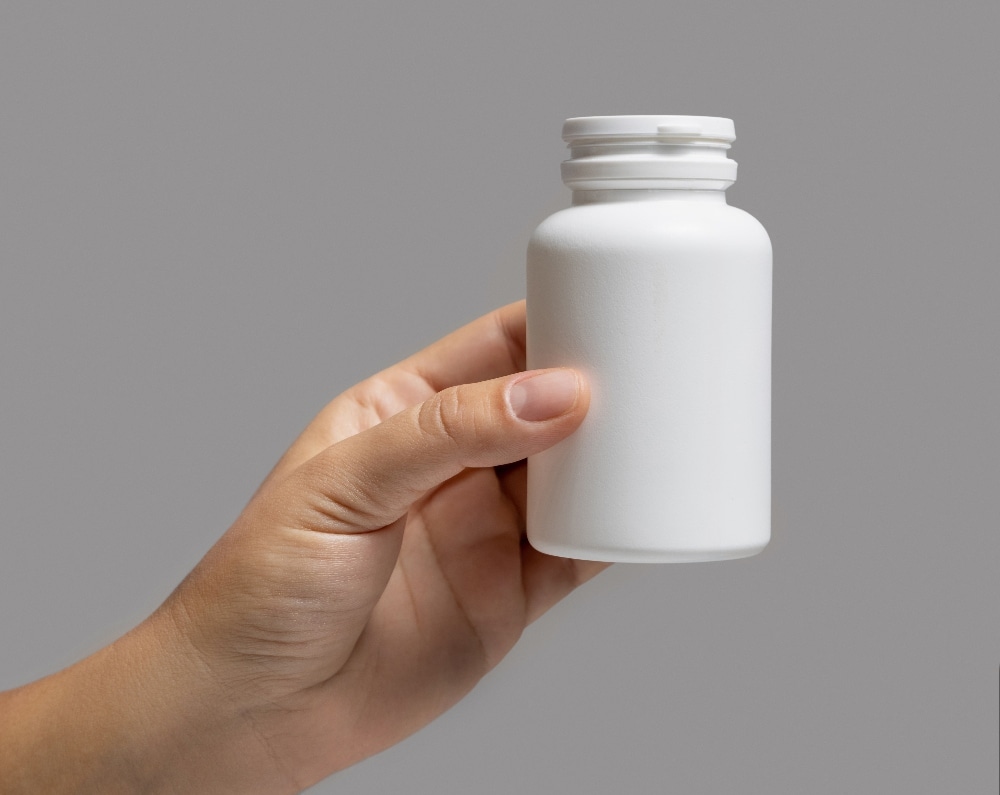Gamma-hydroxybutyrate (GHB) is a powerful central nervous system depressant that’s both a medication and a commonly abused drug. Known for its rapid onset and potent effects, GHB is often used recreationally for its euphoric and sedative properties. However, its narrow window between the desired effect and overdose makes it particularly dangerous. This article explores the risks, signs, and treatments of GHB abuse, providing essential information for those seeking help and their families.
The Chemistry of GHB
GHB (Gamma-hydroxybutyrate) is a compound that naturally occurs in small amounts within the human central nervous system. It functions as a neuromodulator and neurotransmitter, directly interacting with the brain’s GABA (gamma-aminobutyric acid) receptor complexes.
GHB’s Interaction with Brain Receptors
When GHB binds to the GABA_B receptor, it exhibits sedative effects, which can lead to relaxation and euphoria, similar to the effects of alcohol. This binding also inhibits dopamine release, which contributes to the drug’s ability to suppress behaviors associated with addiction and compulsive disorders. On the other hand, its interaction with the GHB-specific receptor is thought to play a role in the drug’s ability to promote feelings of social bonding and reduce anxiety.
Medical and Therapeutic Uses of GHB
Pharmacologically, GHB is used in the medical field under the brand name Xyrem to treat conditions such as narcolepsy, particularly symptoms like cataplexy (sudden muscle weakness) and excessive daytime sleepiness. This therapeutic use is tightly regulated due to GHB’s potent effects and narrow therapeutic index—the fine line between a dose that produces the desired therapeutic effect and one that could be considered toxic or life-threatening.
GHB Abuse in the LGBTQ+ Community
GHB abuse holds a particularly concerning presence within the LGBTQ+ community, especially among those frequenting the nightclub scene or involved in the party circuit. This drug is sometimes referred to as “liquid ecstasy” due to its ability to enhance sensory experiences and lower inhibitions, making it a popular choice at clubs, raves, and parties. However, its use carries significant risks, including vulnerability to physical and sexual assault, especially when used unknowingly or without consent, which can be a frequent issue in social settings.
GHB and Chemsex
GHB is a significant concern within the context of chemsex, a term used to describe the use of drugs like GHB, methamphetamine, and mephedrone before or during sex to enhance sexual experience and reduce inhibitions. Chemsex is particularly prevalent in some subcultures within the LGBTQ+ community, but it is not exclusive to them. The practice raises considerable health risks, including the potential for addiction, sexually transmitted infections (STIs), and severe physical harm.
Role of GHB in Chemsex
In chemsex scenarios, GHB is valued for its ability to intensify sensory perceptions and create a heightened sense of intimacy and connectivity. However, its sedative effects can also impair judgment and reduce the ability to give informed consent, leading to risky sexual behaviors. The line between a recreational dose and an overdose of GHB is perilously thin, making its use in sexual settings particularly dangerous.
Health Implications
The health risks of engaging in chemsex, particularly with GHB, are substantial. Physically, the risk of overdose and poisoning is high, as GHB concentrations can vary significantly, and the difference between a pleasurable dose and a lethal dose is very small. Psychologically, GHB use can lead to dependence and GHB withdrawal symptoms, exacerbating mental health issues like depression and anxiety, often prevalent in individuals engaging in chemsex.
Risks of STIs and HIV
The chemsex environment can also foster the spread of sexually transmitted infections, including HIV. The drug-induced lowering of inhibitions and subsequent risky sexual behavior contribute to this increased risk. Moreover, the involvement in prolonged sexual sessions can lead to physical injuries, making the transmission of viruses and bacteria more likely.
Recognizing the Signs of GHB Abuse
Recognizing GHB abuse can be challenging due to its clear, odorless form and its ability to be mixed into beverages without detection. Physical signs of GHB consumption include sudden sleepiness, decreased coordination, nausea, and respiratory depression, which can quickly escalate to unconsciousness. Psychologically, users may experience initial euphoria followed by confusion, irritability, and severe anxiety. Knowing these signs is critical for early intervention and preventing overdose.
Short-term Effects of GHB
The short-term effects of GHB can range from mild relaxation to complete sedation or unconsciousness, making it particularly dangerous. Users might experience an enhanced mood, reduced social inhibitions, and increased sexual desire shortly after taking the drug. However, these effects can rapidly progress to dangerous levels, leading to blackout, coma, or breathing difficulties which could be fatal without prompt medical intervention.
Long-term Effects of GHB on Health
Chronic abuse of GHB leads to significant health problems. Physically, long-term users may suffer from liver damage, respiratory issues, and a profound chemical dependency that disrupts normal brain function. Psychologically, extended GHB use can lead to persistent memory problems, anxiety disorders, and depression. Social consequences include deteriorated personal relationships, poor job performance, and a higher risk of legal issues due to drug-seeking behavior.
GHB Addiction Treatment Options
Treatment for GHB abuse must be comprehensive, typically beginning with a medically supervised detoxification process to manage withdrawal symptoms safely. Following detox, individuals often enter a rehabilitation program that may include both inpatient and outpatient treatments. Therapies utilized in these settings include cognitive-behavioral therapy, which helps individuals understand and change their drug-use behaviors, and group therapy, which provides support from peers.
Therapies Used in GHB Recovery
Effective recovery from GHB addiction involves various therapeutic approaches. Cognitive-behavioral therapy is widely used to help individuals identify and manage triggers for abuse. Additionally, support groups like Narcotics Anonymous provide a community of individuals who share similar experiences and challenges, offering a network of support essential for long-term recovery.
Medication-Assisted Treatments (MAT)
Currently, there are no specific medications approved to treat GHB dependency directly. However, medications may be used off-label to alleviate withdrawal symptoms and support recovery in a holistic approach. These may include sleep aids, anti-anxiety medications, and other supportive treatments to manage symptoms like insomnia, anxiety, and depression, which are common during the detox phase.
Overcoming GHB Addiction at No Matter What Recovery
While GHB is known for its dangerous potential for abuse and overdose, recovery is attainable with the right strategies and support in place. If you or someone you know is struggling with GHB abuse, seeking professional help is a critical first step towards recovery. At No Matter What Recovery in Los Angeles, our professional treatment center is committed to providing compassionate and comprehensive care to help individuals overcome GHB misuse and other forms of addiction. Contact us today to learn more about our drug addiction treatment programs and how we can help you or your loved one on the journey to recovery.
FAQs
The first steps include confirming the substance use, ensuring the person’s safety, and seeking immediate medical attention if an overdose is suspected.
GHB can be detected in urine for up to 12 hours after ingestion, though this duration can vary based on the amount consumed and individual metabolism.
Yes, GHB addiction is treatable with comprehensive medical and therapeutic approaches, including detox, rehabilitation programs, and ongoing support.
Yes, prolonged abuse of GHB can lead to permanent neurological, cognitive, and psychological damage.
Approach the conversation with empathy and concern, avoiding judgment or confrontation. Express your observations and worries about their health and well-being and encourage them to seek professional help.
Yes, GHB can be highly addictive. Regular use of GHB can lead to both physical and psychological dependence. Users may find they need to increase their dosage to achieve the same effects, a sign of tolerance building up. Severe Withdrawal symptoms, including anxiety, insomnia, tremors, and increased heart rate, can occur when a dependent user stops taking the drug.

Mell McCracken, CADC-II, ASAT, RAE
Mell McCracken is the Executive Director of No Matter What Recovery, serving as the leader of the clinical treatment program and overseeing our sexualized drug use curriculum.
Mell is nationally and internationally recognized as an LGBT+ educator, co-author, and treatment provider. They also serve as faculty member at the International Institute of Trauma and Addiction Specialists. They are committed to uplifting voices and breaking stigmas, one conversation at a time, and have spent their career fighting for inclusivity and empowerment through chemsex education and LGBT+ activism.







